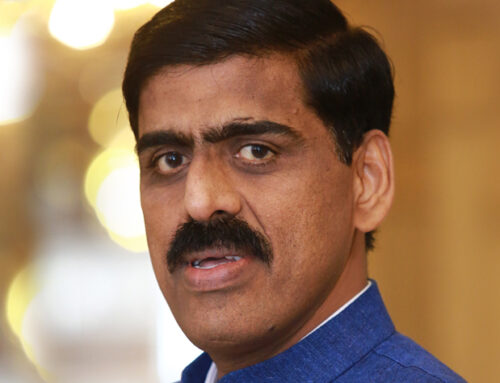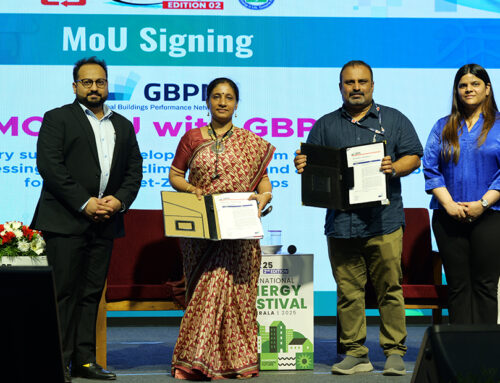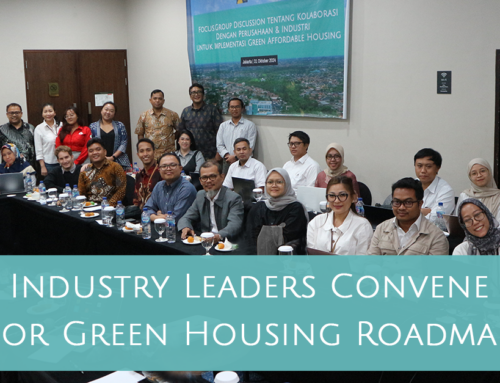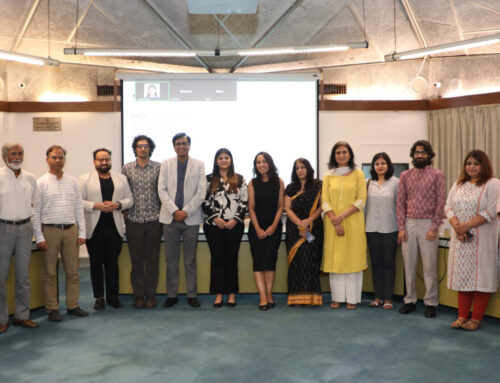What is the definition of a healthy affordable building?
This question was amongst the important insights discussed at a webinar on Healthy Buildings for a Sustainable Future. The webinar was co-hosted by GPBN and Ashok B Lall Architects (ABLA) to present to the stakeholders the outcomes of the research of phase 1 of GBPN’s Healthy Buildings project in India.
The definition of a healthy building and the current challenges for construction in the residential sector relative to occupant wellbeing were shared with stakeholders at the webinar. These stakeholders included personnel from Government bodies, international organisations, developers, policy makers and Indian experts. The webinar focussed on discussing the findings from the project to date, and also taking feedback from the experts for the next steps.
Urbanisation and Climate Change
 Ms Maaz Dixit, Project Consultant, GBPN India said that the webinar highlighted the need for more urgent action.
Ms Maaz Dixit, Project Consultant, GBPN India said that the webinar highlighted the need for more urgent action.
“The webinar highlighted the already existing social, environmental and design challenges in Indian cities, both at urban scale and building, which are being exacerbated in more devastating ways due to rapid climate change impacts,” Ms Dixit said.
“We need to see more of the recommendations from our research being put out as urgent calls for action to government and industry”. This sentiment was echoed by Mr Ashok B Lall, Principal, ABLA.
“The research focuses on urban group housing as the primary target area for which there is a large program already in the country and a lot of work is expected to move in that direction,” Mr Lall said in response to a stakeholder query.
“If we look at climate change, urban heat wave mitigation needs appropriate urban development controls and cannot be dealt with by building design alone.”
Defining Healthy Affordable Homes
Gautam Nagar, Senior Advisor, GBPN India, said that the stakeholder consultation webinar highlighted the gap in understanding and defining how issues of health are interpreted, adapted and implemented in countries like India. 
“The impact of climate change in buildings and urban areas are inequitably distributed,” Mr Nagar said.
“We found during our research that women and girls are particularly vulnerable amongst the low income groups.
“Women are also best positioned to propagate the culture of sustainable building, with sufficient engagement. There is an urgent need for healthy affordable building definitions to take into consideration the needs of women, elderly and other vulnerable people.”
Adding to that, Mr Lall said that the aspirations of the younger population and cost sensitivities play an important role in the user decision making process.
“Even if the home is small, its internal provisions of comfort and convenience are what people are looking for. Designers have to anticipate the transition from lower income groups to the urban middle class of the city in all affordable housing design,” Mr Lall said.
“Cost sensitivities will need to be addressed through regulatory and policy reforms, especially for land prices.”
Project findings to inform White Paper
The stakeholders agreed during the webinar on the need for an integrated approach to urban and building design and the policies that influence and control those.
“We had a few insightful takeaways from the webinar,” Ms Dixit said. “How long is it going to take for policy reforms to come into the mainstream? There is a need to accelerate policy reforms through an evidence-based approach that will enable urban local bodies (ULB) in the implementation of healthy affordable homes.”
“There is a need to create an urgency for healthy buildings and engage from the demand side and accelerate the demand for better, healthy affordable housing. A considerate effort needs to be done at ULB and state levels to implement this policy.”
The research findings and the stakeholder engagement insights will inform a White Paper on Healthy and Affordable Homes in India in the first phase of the project. The first phase also includes a Living Lab Study on the implementation of healthy buildings framework.
Know more about the Healthy Affordable Homes project.
Share This Story, Choose Your Platform!
Stay in touch with how we’re transforming the buildings sector
GBPN runs innovative building policy reform programs in key regions around the world that aim to tackle the climate emergency by decarbonising the buildings sector. Stay up to date with our newsletter.
Stay in touch with how we’re transforming the buildings sector
GBPN runs innovative building policy reform programs in key regions around the world that aim to tackle the climate emergency by decarbonising the buildings sector. Stay up to date with our newsletter.







